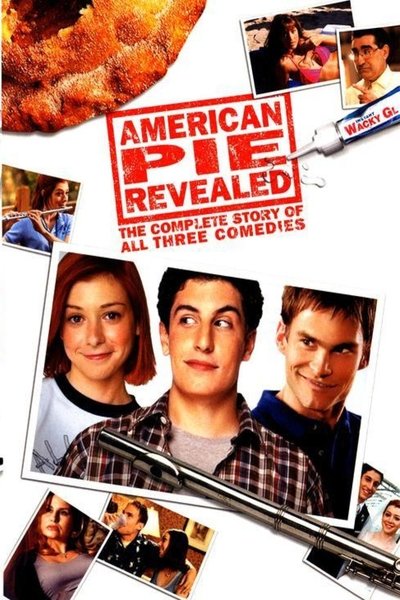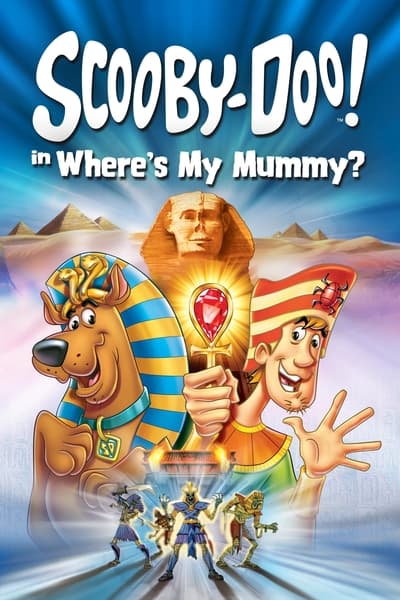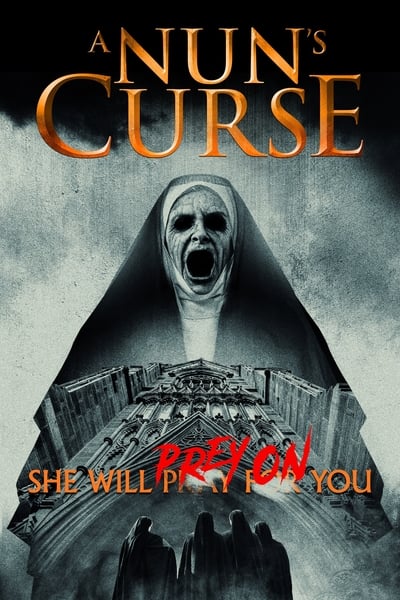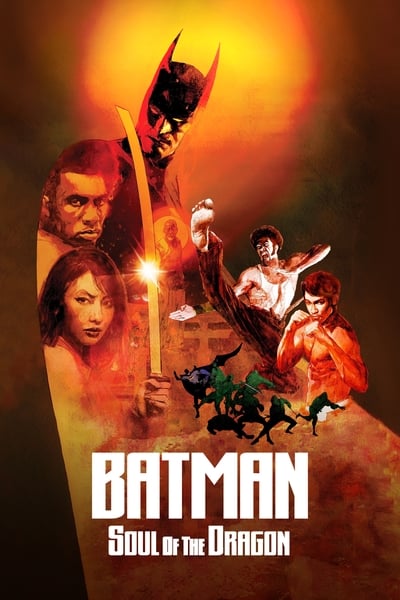
Lost Keaton: Sixteen Comedy Shorts 1934-1937
For Buster Keaton, the era of the "talkies" was a tumultuous time. As a result of signing with MGM, the quality, the quality of his ambitious, eclectic comedies began to decline and in 1934, he signed a contract with Earle W. Hammons's Educational Pictures which, despite its name, specialized in comedy short subjects ("The Spice of the Program"). Keaton's move to Educational was a return to his roots, crafting a stream of two reel comedies in rapid succession, as he had done in the early 1920's, when he first refined his cinematic craft.

Storyline
For Buster Keaton, the era of the "talkies" was a tumultuous time. As a result of signing with MGM, the quality, the quality of his ambitious, eclectic comedies began to decline and in 1934, he signed a contract with Earle W. Hammons's Educational Pictures which, despite its name, specialized in comedy short subjects ("The Spice of the Program"). Keaton's move to Educational was a return to his roots, crafting a stream of two reel comedies in rapid succession, as he had done in the early 1920's, when he first refined his cinematic craft.





















